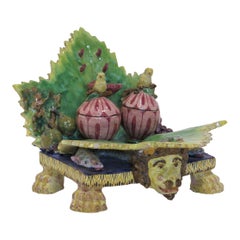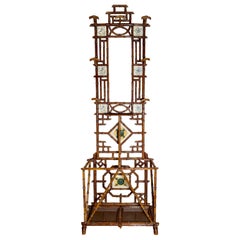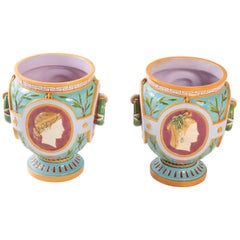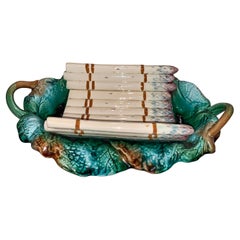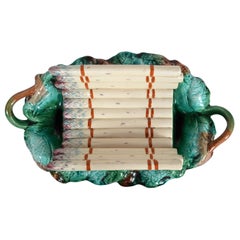Majolica Furniture
19th Century Italian Minimalist Antique Majolica Furniture
Majolica
1890s Belgian Antique Majolica Furniture
Iron
17th Century English Antique Majolica Furniture
Majolica
Mid-18th Century English Rococo Antique Majolica Furniture
Majolica
Early 1900s Antique Majolica Furniture
Majolica
Early 20th Century French Majolica Furniture
Majolica
21st Century and Contemporary Italian Majolica Furniture
Ceramic, Majolica
21st Century and Contemporary Italian Renaissance Revival Majolica Furniture
Platinum, Gold
21st Century and Contemporary Italian Majolica Furniture
Ceramic, Majolica
21st Century and Contemporary Italian Art Nouveau Majolica Furniture
Ceramic, Majolica
21st Century and Contemporary Italian Majolica Furniture
Majolica, Ceramic
21st Century and Contemporary Italian Renaissance Majolica Furniture
Ceramic, Majolica
21st Century and Contemporary Italian Majolica Furniture
Majolica, Ceramic
Antique and Vintage Majolica Platters, Pottery and Other Furniture and Decor
The popularity of Victorian majolica, the gaily colored, metallic-oxide-glazed earthenware, has ebbed and flowed for more than a century. Right now, antique and vintage majolica plates, pitchers, decorative objects and other pieces appear to be having a moment — again.
Starting in the 1850s, people in the U.S. and the U.K. embraced these affordable housewares with unusual polychrome palettes (turquoise and pink) and whimsical forms (candlesticks shaped like dolphins). By the 1870s, majolica was being mass-produced for an ever-expanding middle class in countries like England, France, Sweden, Hungary and Portugal. Majolica was Art for Everyman. Its popularity coincided with interest in exotic Japonisme and scientific studies by the likes of Carl Linnaeus, Charles Darwin and John James Audobon.
Despite a similarity in name, Victorian majolica is significantly different in subject matter and form from its Italian forebear, Renaissance maiolica. That earlier earthenware bore gaily painted religious and mythological scenes, and unlike majolica, with its lively contours, was not molded or three dimensional.
What was the attraction of majolica for the 19th-century collector? “Imagine what it looked like in a Victorian interior, with dark woods, heavy drapes and upholstered chairs and sofas,” says Susan Weber, founder of the Bard Graduate Center in New York. “Majolica is robust and extremely tactile. With its naturalistic shapes, colorful glazes and often humorous themes, it appealed to the growing consumer society.”
In England, manufacturers like Minton began to produce decorative, relief-molded majolica tiles for the interiors of taverns, train stations, even the famous Queen’s Dairy at Frogmore, on the grounds of Windsor Castle. In 19th-century France, Sèvres and smaller ceramics firms began to reinterpret the snake-decorated platters made by Bernard Palissy, a 16th-century self-taught French potter. The result was a type of majolica called Palissy ware, which, like the originals, was festooned with odd creatures (lobsters, lizards and snakes) modeled by hand.
The late Moroccan-born, Paris-based decorator Alberto Pinto often placed Palissy ware in his clients’ living rooms, posing individual pieces on brackets against a background of stamped, gilded leather. Pinto, in turn, influenced such contemporary decorators as Harry Heissmann of New York. After 1900, people got swept up in the romanticism of Art Nouveau and ceased buying majolica. The 1970s saw a revival of interest, and in 1982, the Cooper Hewitt, Smithsonian Design Museum, in New York, organized “English Majolica,” an exhibition featuring 75 examples from Minton, Wedgwood and George Jones, among other makers.
On 1stDibs, find antique and vintage majolica tea sets, vases, candlesticks, tureens and other furniture and decorative objects.
